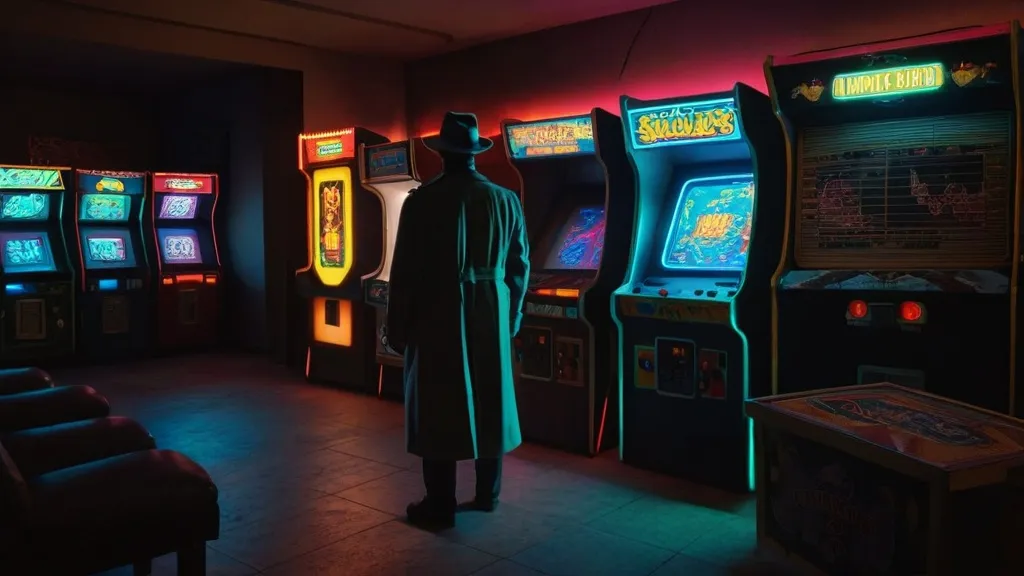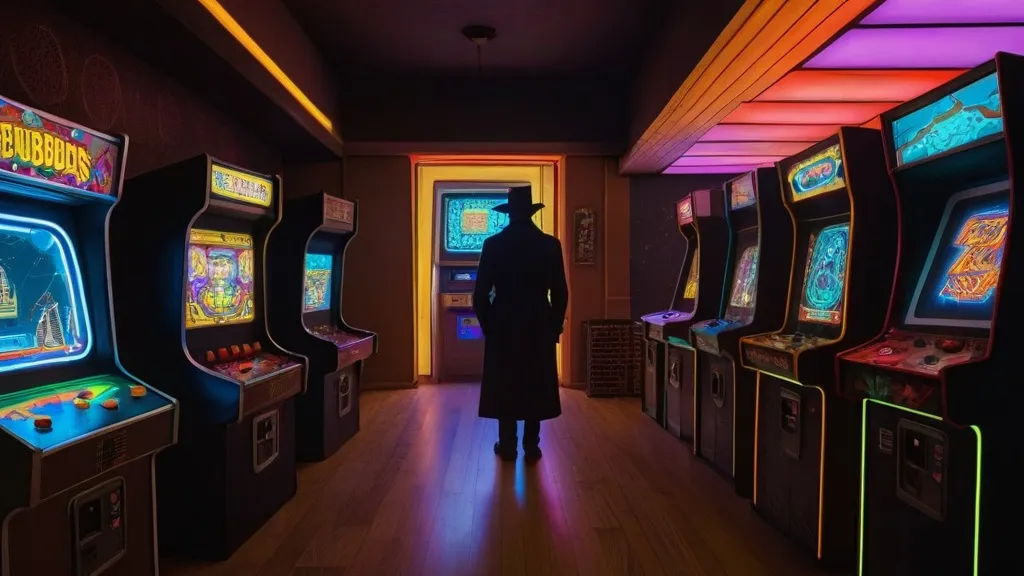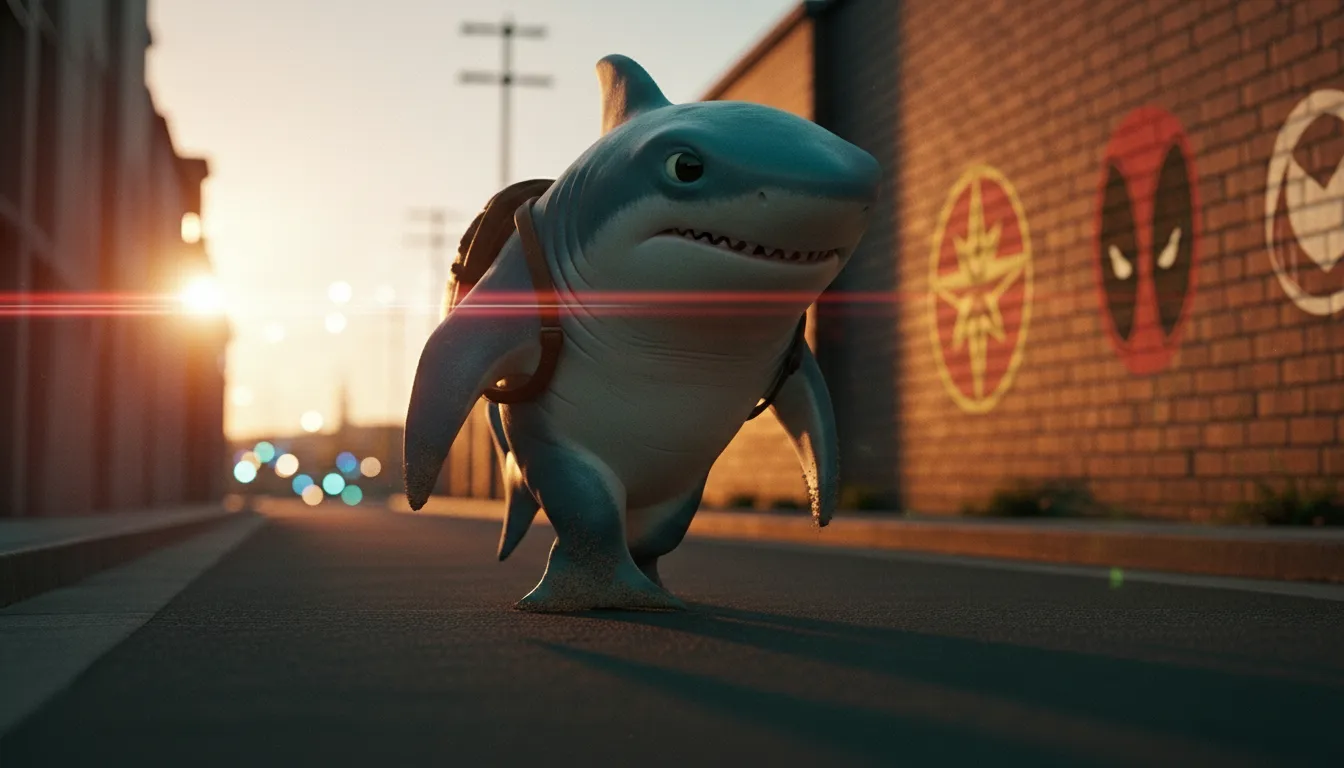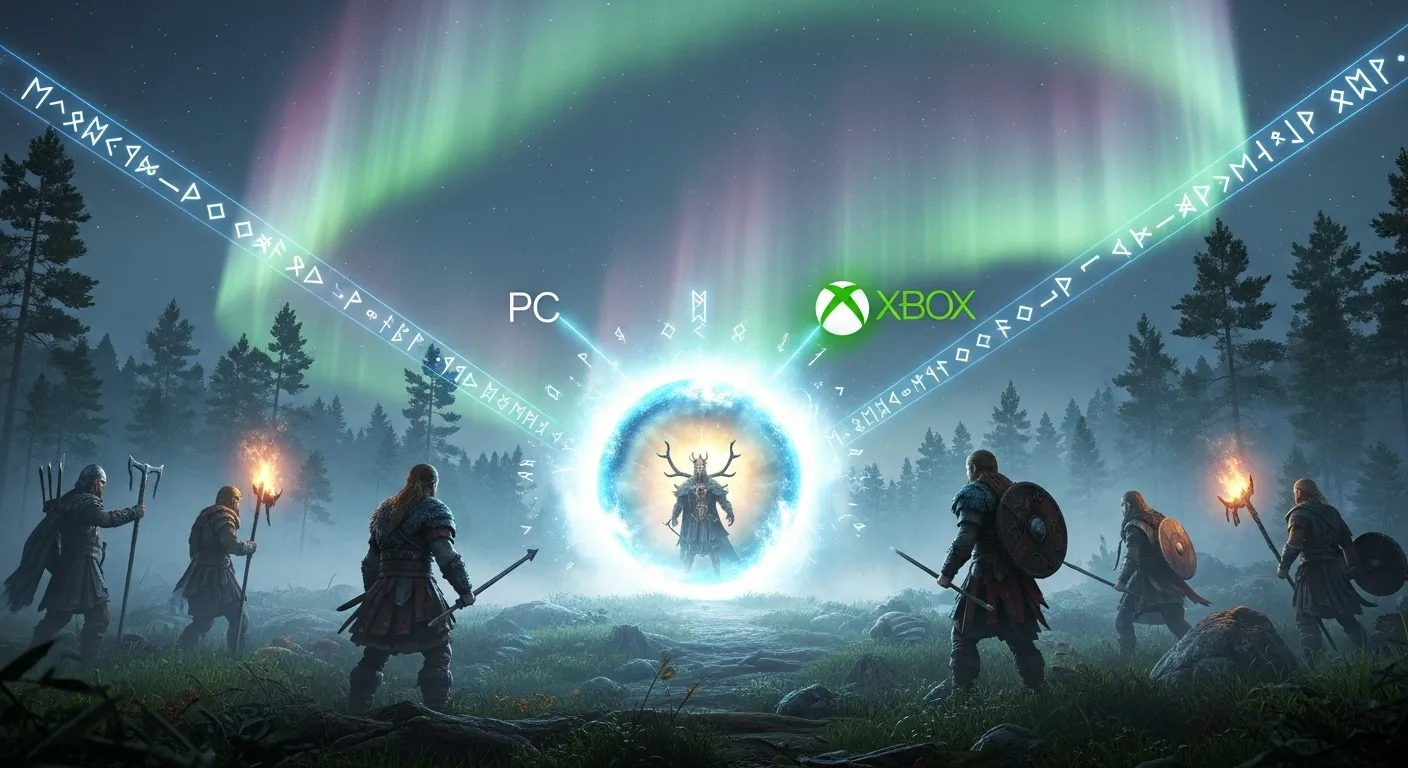As a guy who fixes old coin-op cabinets and writes about weird arcade myths for a living, here’s the quick hit: the polybius arcade game is the most famous “maybe it existed” story in arcade lore. People swear it showed up in Portland in 1981, caused headaches, and got whisked away by Men in Black. In my experience, that mix of urban legend, MKUltra whispers, and retro arcade nostalgia is why it won’t die.
If you’re new here and want to fall down the rabbit hole of joysticks and CRT glow, I keep a running archive of my favorite arcade games and oddities.
What is Polybius, really? (The fast answer)

Short version: no verified cabinet, no verified ROM, and no operator logs that pass a sniff test. It’s an urban legend with legs. The best starting point is the Polybius urban legend page, which gathers most of the claims and sources. I’ve spent 12+ years talking to arcade techs, collectors, and grumpy former operators in Oregon. Everyone loves the story. No one has the machine.
The story I heard from operators (and the parts that smell funny)
I’ve bought boards from Portland basements that smelled like wet carpet and cigarettes. I’ve also dug through operator invoices from the early 80s. In my notes: lots of Centipede, Galaga, Defender. Zero “mystery vibe puzzle shooter that makes kids dizzy.” The BBC’s write-up is decent background if you want a straight-faced take: BBC deep-dive on Polybius. Does it prove anything? Nah. But it maps the folklore.
Claims vs. Evidence (quick scan)
| Claim | Origin/Source | What we can verify | Confidence |
|---|---|---|---|
| Cabinets appeared in Portland in 1981 | Anecdotes on forums, 2000s Usenet posts | No receipts, no photos, no warehouse finds | Low |
| Players got sick, had seizures, memory loss | Secondhand stories, friend-of-a-friend | Arcades were dim, smoky, loud—plenty to make you woozy | Low |
| Men in Black downloaded “data” from the machine | Retellings and creepypasta | No photos, no contemporary news reports | Very low |
| It was a government mind-control experiment | MKUltra rumors stitched to arcade culture | MKUltra existed, but no ties to arcades found | Very low |
| A ROM exists somewhere | Hoaxes and joke builds | No credible hash, no provenance | Very low |
About those MKUltra whispers
MKUltra was real. It’s messy, ugly history. I’ve dug into the MKUltra documents like a raccoon going through shiny trash. There’s no clean thread that runs from that program to coin-op cabinets in Portland. People mash the two together because “weird government brain stuff” plus “shady arcade game” is irresistible. I get it. But the paper trail isn’t there.
Why this legend spread (and keeps respawning)
- It’s a great cocktail of fear and fun: neon lights, loud sound, and the idea that a game can mess with your head.
- Arcades were noisy, smoky, and chaotic. Feeling dizzy wasn’t rare. Folks backfill that sensation with a spooky cause.
- Operators rotated cabinets a lot. One day a game’s there; next week it’s gone. Perfect soil for “mysterious van took it.”
- Retro fans love a good hunt. The story rewards searching and speculation more than facts.
To understand how it fits in the real timeline, it helps to look at hits that did exist and shaped the scene—think token magnets like Galaga and blockbusters that set the tone for the 80s. I’ve rounded up the best arcade games (from Pac-Man to Street Fighter II) if you want the baseline that Polybius allegedly slipped between.
Could a hypnotic, high-contrast puzzler have existed?
Sure. In my head, it’d be black backgrounds with vector-like shapes, harsh strobe, and escalating audio pulses. I’ve played modern riffs that scratch that itch—twin-stick chaos with cyberpunk flair. If you want a taste of that vibe, check out Neon Turf Wars. Not the same thing, but the adrenaline profile? Pretty close.
Design notes from a jaded art nerd
In my experience, the best “hypnosis” in arcade design comes from readable silhouettes and rhythmic feedback loops. You don’t need secret mind rays. You need tight contrast, pulsing audio, and a risk-reward loop that presses your lizard brain. If you’re into how classic characters were crafted to hook you fast, I wrote about lessons in character design across arcade icons and fighting games.
So… did anyone ever dump a ROM?
I’ve been sent a dozen “Polybius” files. Half were viruses with spooky readme files. The rest were tribute builds. Fun weekend projects, zero historical weight. The Snopes fact-check is a good sanity check when you see a “newly found board” claim on social. Spoiler: it’s always a repainted cabinet or a MAME menu with clever branding.
Other game myths it hangs out with
The myth sits beside “Lavender Town Syndrome,” buried arcade prototypes, and haunted cartridges. There’s a decent roundup of video game urban legends if you want to time-travel through collective delusions. I say that with love. I’m the fool who reads them at 2 a.m. and then stares at my ceiling fan like it’s sending signals.
If you’re chasing the actual magic that made us love pixel art in the first place, you’ll probably enjoy this tour of iconic 2D games that defined entire generations. None of them erased anyone’s memory. They just stole our quarters, which is basically the same thing but with better music.
Mini blogs inside the blog (quick answers)

What would the gameplay have felt like?
Fast, abstract, and a bit mean. Think Tempest’s tunnel vision plus weird puzzle beats. Minimal text. Aggressive attract mode. If I were designing it, I’d throttle the strobe and use crunchy SFX that push you into a trance. Because I like my players slightly uncomfortable but still smiling. It’s a gift.
Why Portland?
Portland had a solid arcade scene in the early 80s and a rep for test locations. Also, the story needs a place that sounds plausible yet just off-center enough to feel mysterious. “Cleveland” doesn’t sell a myth the same way. Sorry, Cleveland. I love your pinball.
How to spot a Polybius hoax in 10 seconds
- No PCB photos with legible chips or serials? Walk away.
- Cab art looks like last week’s laser print? Walk away faster.
- “My uncle had it in a storage unit, but the unit was lost.” Sure he did.
- ROM with no provenance and a YouTube trailer that’s “too perfect.” Congrats, you found a homage.
- Seller refuses to open the back panel. That’s not a mystery. That’s a red flag.
Why I still love the myth (even if it’s smoke)
Because it says something true about arcades: the sensory overload, the gossip, the way cabinets came and went like strange ships in a fog. In my head, the polybius arcade game is a love letter to that chaos. The fact that we keep telling it? That’s the real power. Not mind control—just community storytelling with synths.
What I think, after a decade of poking
If it existed, a board would have leaked by now. Operators are pragmatic; they saved things that made money and trashed the rest. Someone’s warehouse clean-out would have coughed up a PCB, a manual, a dusty invoice. Instead we have vibes, not parts. Still fun. Still worth talking about. I’m not betting my quarters on it, though.
Rapid references (for when your friend says “but I heard…”)
- Evidence standard: Photos with dates, operator receipts, PCB shots with chip IDs.
- Known facts: Arcades tested weird prototypes; MKUltra existed; myths mutate.
- Likely truth: A compelling story snowballed, then inspired homages and hoaxes.
- Practical tip: Ask for provenance like you’re buying a classic car.
Anyway, I’m going to keep chasing rumors, because that’s half the hobby. If a cabinet shows up, I’ll be the first to crawl under it with a flashlight and a multimeter. Until then, enjoy the myth, enjoy the archives, and don’t stare at attract modes for an hour straight. Your head will buzz, and you’ll blame the polybius arcade game again.
FAQs
-
Did Polybius actually exist?
I’ve never seen credible proof. No board, no invoice, no photo from the 80s. Strong story, thin evidence.
-
Why do people link it to MKUltra?
Because real mind-control experiments existed, and people love connecting spooky dots. The leap to arcades isn’t backed by documents.
-
Is there a real ROM I can play?
You can play tributes and fan-made builds. A verified original ROM hasn’t surfaced.
-
What makes a good “Polybius-like” game today?
High-contrast visuals, pulsing audio, simple rules, rising intensity. Hypnosis by design, not conspiracy.
-
Could a secret test have happened and left no trace?
Anything’s possible. But hardware leaves trails—receipts, parts, photos. Forty-plus years with nothing is telling.
Henry Wright: Celebrating the artistry of gaming. I cover Pixel Games, Indie Battles, Arcade Classics, Gaming Culture, and Visual Design. Let’s explore the pixels together!


I WOULD LOVE TO COMMENT, BUT I NEED AN ARTICLE TO REFER TO.